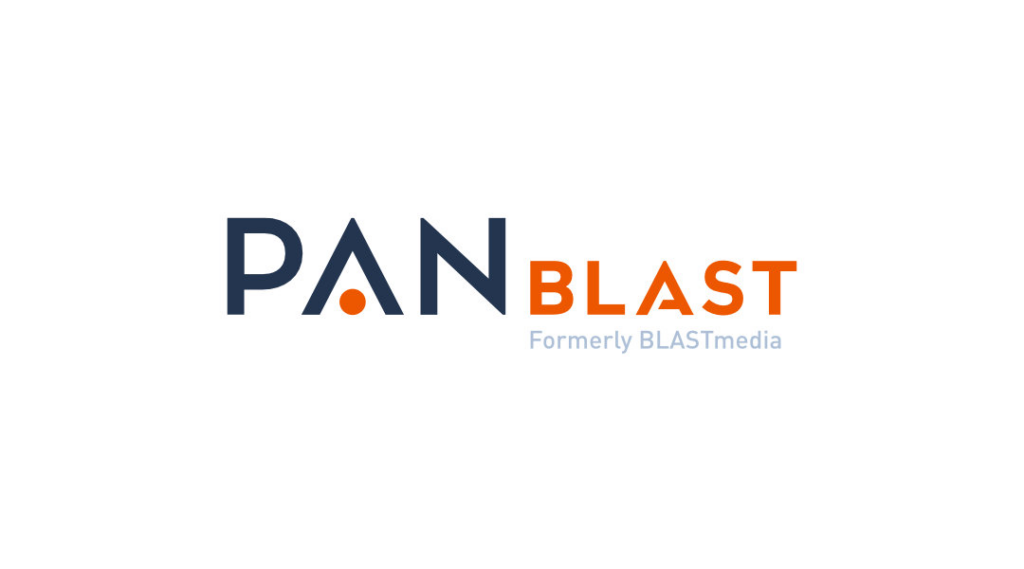Overview
As notable experts, thought leaders offer their expertise and insights to others via social media, speaking engagements and media interviews. When it comes to the media, interviewees have a short time to get their point across when sharing their perspectives with reporters while incorporating key company messages in an engaging way. Easier said than done.
With an evolving SaaS landscape, corporate spokespeople are changing seats regularly. Remembering to media train each new thought leader can get lost in the shuffle of introductions, onboarding and getting down to business. Remember the saying, “Practice makes perfect?” This is true with media training. Beyond practice, media training helps strengthen communication skills and ensure messages are delivered clearly and concisely.
To address the challenges of frequent leadership transitions, organizations must prioritize ongoing media training for their thought leaders. This rings especially true for the often-public faces of companies, such as CEOs. Implementing a structured CEO media training program can significantly enhance the effectiveness of interactions with the press, enabling leaders to navigate interviews with confidence and finesse. By embedding media training as a regular component of executive development, companies can cultivate a team of articulate and well-prepared spokespeople who effortlessly convey the organization’s messages, even in the midst of a dynamic and ever-changing business landscape.
Challenge
BLASTmedia’s SaaS client, a leading provider of eClinical Supply Chain Management, hired a new Chief Clinical Officer and Chief Revenue Officer. The hires coincided with entering a new category in eClinical Supply Chain Management (eCSCM) — a tongue-twister for many, let alone new hires.
With new spokespeople and new messaging, the company needed help conducting media training for its full bench of corporate spokespeople. As the company’s PR firm, PANBlast was challenged with coaching leaders on effectively communicating the new messaging with the media and steering conversations in the right direction.
Strategy
To conduct media training, PANBlast reviewed the new messaging, assessed the interview experience of each spokesperson, prepared a deck and mock interview materials, and met with the spokesperson bench. In this first meeting, the training included:
- Media engagement overview: how and why media opportunities are presented to subject matter experts (SMEs)
- Interview process overview: what does a media interview look, sound and feel like
- Spokesperson and reporter bill of rights: what are the rights of the SME and reporter
- Interview best practices and tips for supporting the company’s message
- Briefing sheet overview: how does BLAST prepare you for interviews and what to expect from a briefing document
- Interview control techniques: how to navigate questions you don’t want to answer
- Q&A
Following the meeting, the BLAST team provided each SME with a mock briefing sheet to prepare for the next step of the process: the mock interview. This briefing sheet gave them information on the reporter and topic, loosely based on company news, and tips to use during the interview.
After each executive reviewed their briefing sheet, they participated in 1:1 interviews with BLAST team members standing in as reporters. While interviews stayed on the provided topics, each thought leader received several curveball questions to practice pivoting. The interviews were recorded, allowing BLAST team members to analyze each interview and provide detailed feedback for each participant.
Outcome
Following the mock interviews, each thought leader received a thorough analysis of their interview, including strengths and areas of continued improvement. Takeaways included:
- Zoom etiquette: be mindful of your presence and surroundings, including muting notifications, taking the interview in a quiet room, and removing distractions.
- Preparation is important, but don’t let your talking points get in the way of building a relationship with the interviewer. Scripts can come off as robotic.
- Be aware editors will likely ask a question you’re unprepared to answer. In these situations, consider using control techniques to avoid saying something you don’t want to say.
- Perspective beyond something hyper-specific to the business will help reporters see you as a valuable source for future pieces.
- Journalists are always looking for something timely. If you want an introductory interview to result in coverage, try to tie what you’re talking about into a trending topic to give them a reason to write the story now vs. later.
The client spokesperson bench left the session with new confidence in interview participation and communicating their new category messaging effectively and succinctly.

